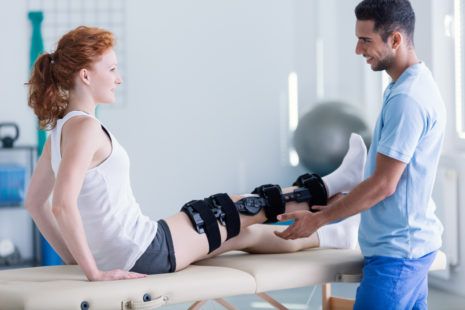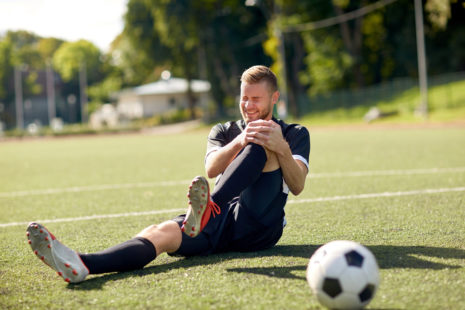Yes, gymnasts do take rest days as part of their training regimen. Rest days are essential for allowing the body to recover from the physical demands of training, preventing overuse injuries, and optimizing performance. While gymnasts typically train intensively, often for several hours each day, incorporating rest days into their schedule helps promote long-term health, performance, and overall well-being.
The frequency and timing of rest days may vary depending on individual factors such as age, training level, competition schedule, and specific training goals. However, most gymnasts incorporate at least one or two rest days per week into their training schedule. These rest days may be scheduled strategically to align with periods of higher training volume, competition preparation, or recovery from intense workouts or competitions.
On rest days, gymnasts may engage in light, low-impact activities such as stretching, foam rolling, yoga, or gentle mobility exercises to promote recovery, maintain flexibility, and prevent stiffness. Some gymnasts may also use rest days as an opportunity to focus on mental relaxation, stress management, and self-care activities to support overall well-being.
While rest days are essential for physical recovery, it’s also important for gymnasts to prioritize adequate sleep, hydration, and nutrition to support optimal performance and recovery. Proper recovery strategies, including refueling with nutritious meals and snacks, hydrating adequately, and getting enough sleep, help replenish energy stores, repair damaged tissues, and prepare the body for the next training session.
Coaches and trainers play a crucial role in structuring gymnasts’ training schedules to include appropriate rest and recovery periods while balancing the demands of skill development, strength training, conditioning, and competition preparation. By incorporating rest days strategically and emphasizing holistic approaches to athlete wellness, coaches and trainers can help gymnasts achieve their full potential while minimizing the risk of overtraining and burnout.




